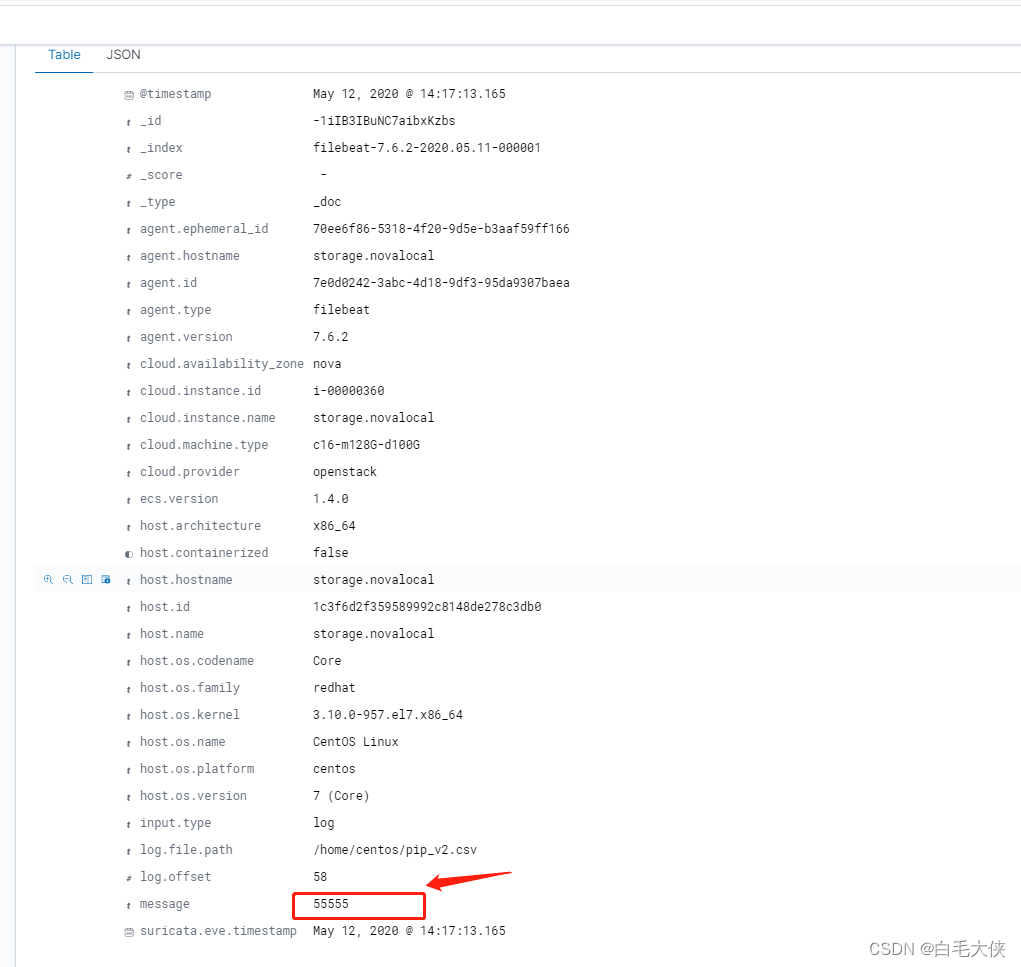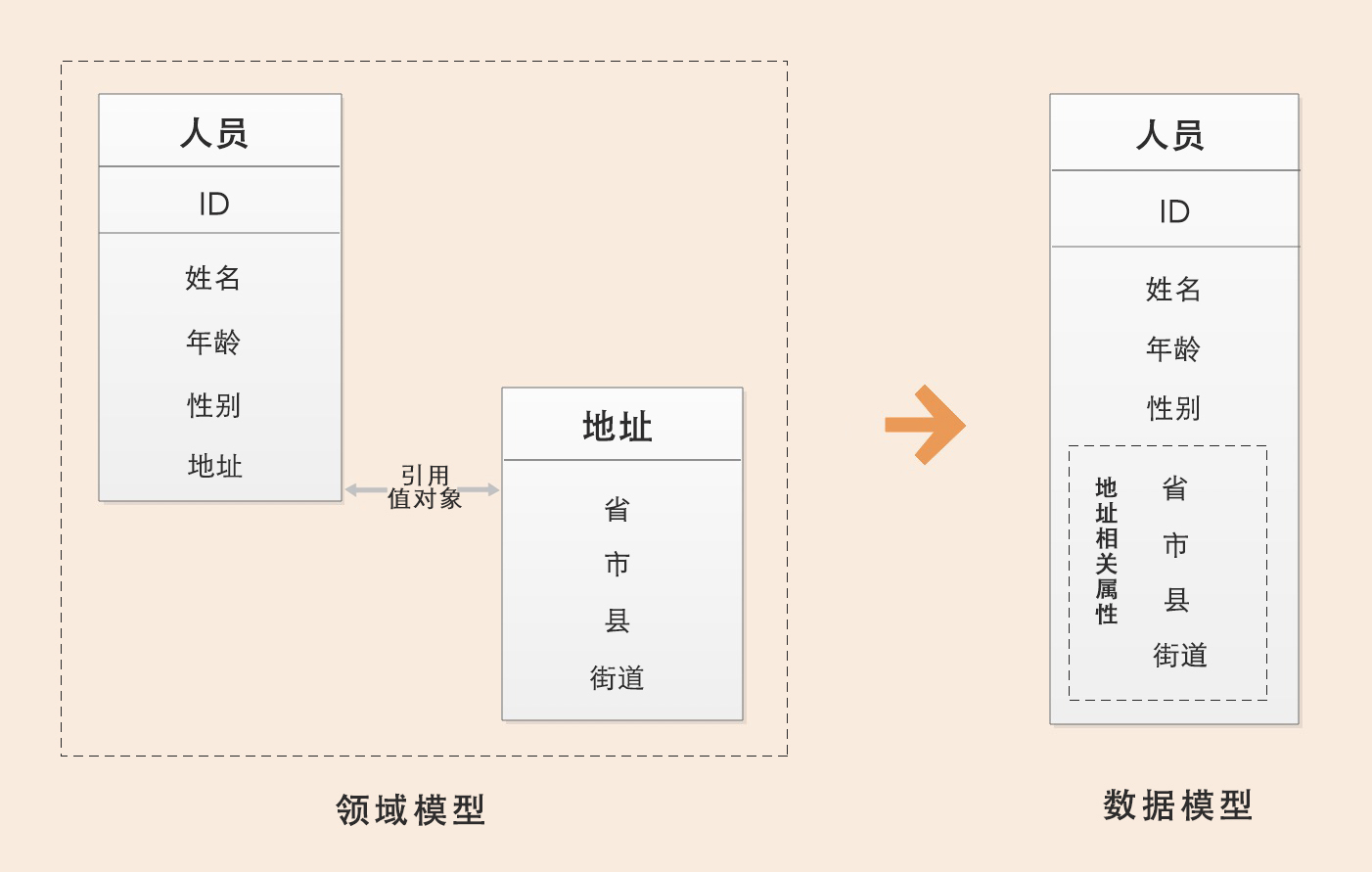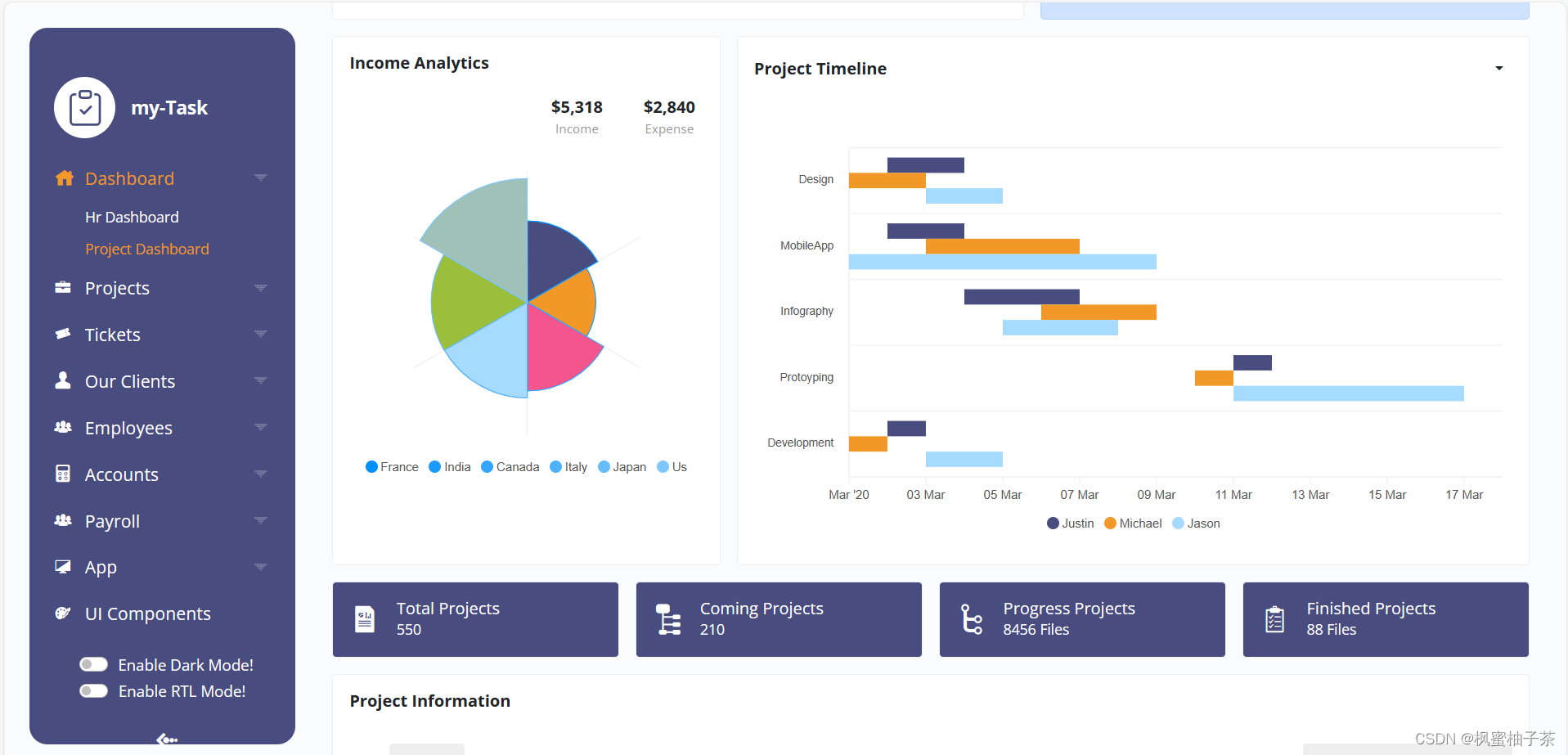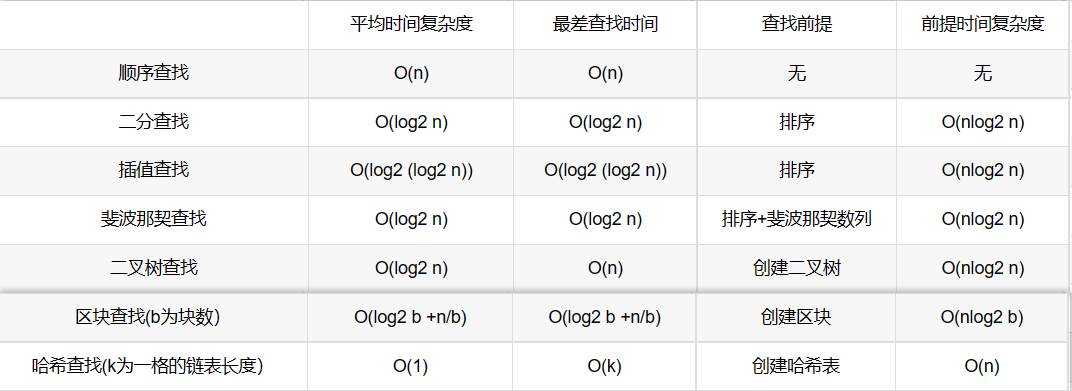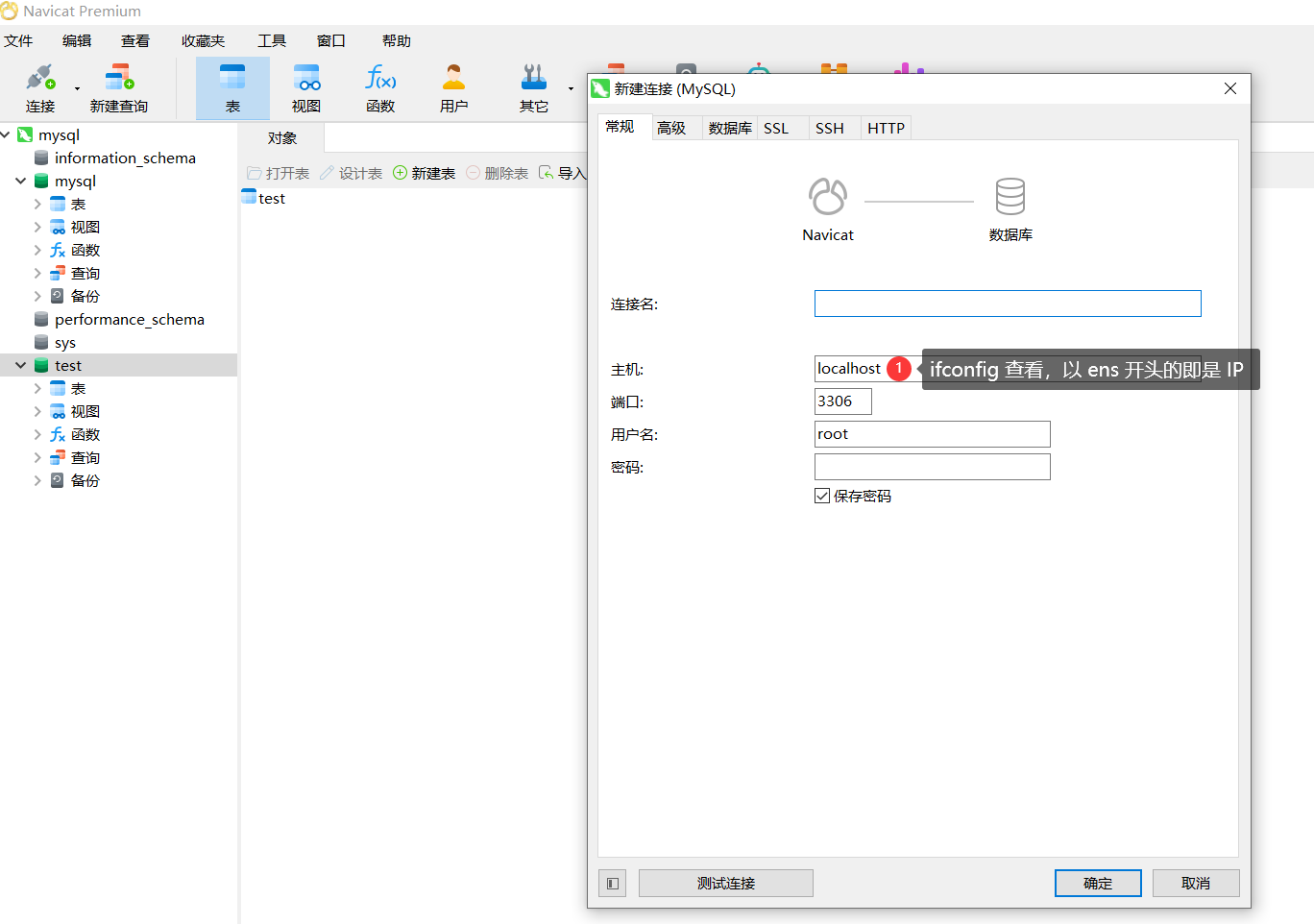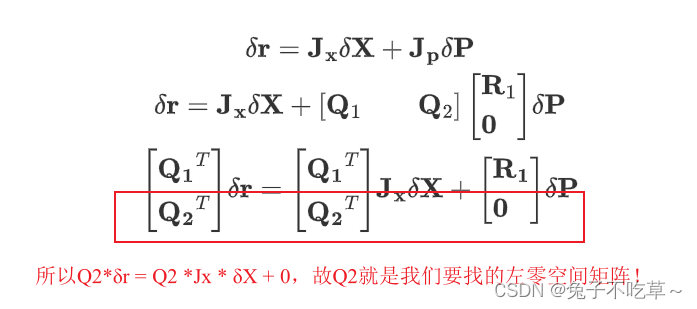一、安装
在docker中安装部署ELK+filebeat
二、主要配置
- type: log
# Change to true to enable this input configuration.
enabled: true
# Paths that should be crawled and fetched. Glob based paths.
paths:
- /home/centos/pip_v2.csv #源路径
#- c:\programdata\elasticsearch\logs\*
#exclude_lines: ["^Restaurant Name,"] #第一行为字段头以"Restaurant Name"开头,不要第一行
multiline:
pattern: ^\d{4}
#pattern: ',\d+,[^\",]+$'
negate: true
match: after
max_lines: 1000
timeout: 30s
三、关于elastic的pipline
https://hacpai.com/article/1512990272091
我简单介绍主流程,详情见上链接
1.开启数据预处理 ,node.ingest: true
2.向es提交pipline ,并命名为my-pipeline-id
PUT _ingest/pipeline/my-pipeline-id
3.以上pipline的作用
若产生新的数据,会新增一个字段为foo:bar
4.curl的pipline即时测试
POST _ingest/pipeline/_simulate
是一个测试接口,提供pipline的规则和测试数据,返回结果数据
四、关于grok
是pipline中的正则匹配模式,以上规则的复杂版
POST _ingest/pipeline/_simulate
{
"pipeline": {
"description": "grok processor",
"processors" : [
{
"grok": {
"field": "message",
"patterns": ["%{IP:client} %{WORD:method} %{URIPATHPARAM:request} %{NUMBER:bytes} %{NUMBER:duration}"]
}
}
]
},
"docs": [
{
"_index": "index",
"_type": "type",
"_id": "id",
"_source": {
"message": "55.3.244.1 GET /index.html 15824 0.043"
}
}
]
}
五、使用pipline导入csv
utput.elasticsearch:
# Array of hosts to connect to.
hosts: ["localhost:9200"]
#index: "csvindex"
pipline: "my-pipeline-id"
# Protocol - either `http` (default) or `https`.
#protocol: "https"
测试结果pipline配置后,并没生效。
六、结论
1.filebeat 导入csv的资料很少,主要为pipline方式,测试几个失败。
2.J和数据组并没有filebaeat 导入csv的成功案例。J不太建议使用
结论:filebeat导csv并不方便,建议采用logstash。
一般日志收集可使用logstash,每行的信息会存到message中
